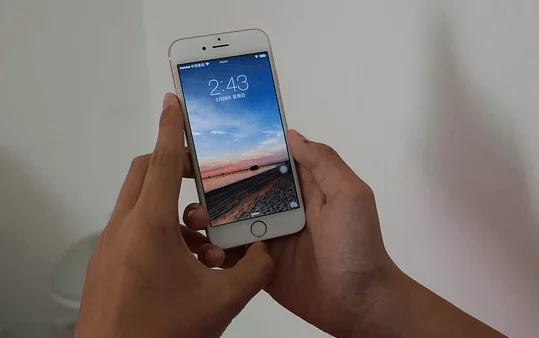Telecom minister Manoj Sinha informed the Rajya Sabha that the telecom department (DoT) received 2,622 call drop complaints against state-run telecom operator Bharat Sanchar Nigam Limited (BSNL) between January 1, 2015, and December 6, 2017, even as overall call drop complaints have dropped 5% over the last ten months.

The data was compiled by the telecom department through a survey conducted via automated calls.
Sinha said that telecom service providers had resolved approximately 50,770 individual cases by taking remedial actions until October 31, 2017, and the call drops reported by individual subscribers have shown a drop of over 8% in the last ten months.
The DoT received 2,597 call drop complaints against India's top telco, Bharti Airtel, 1,309 complaints against Vodafone and 1,251 complaints against Reliance Communications between January 1, 2015, and December 6, 2017.
During the same period, the department received 946 call drop complaints against Mukesh Ambani-led Reliance Jio, 802 complaints against Idea Cellular, 473 complaints against MTNL and 255 complaints against complaint against Aircel.
Sinha said that the Telecom Regulatory Authority of India separately received 546 call drop complaints against Airtel, 346 against Vodafone, 166 against Idea, 157 against RCom, 70 against BSNL, and 37 against Aircel during January 1, 2015, to December 8, 2017.
The regulator got 26 complaints against Reliance Jio and 19 against MTNL during the period. "Trai benchmarks for call drop rates have been amended with effect from October 1, 2017 to help identifying local areas where cell(s) have not performed well for many days and also to identify day(s) on which many cells in the network of a service provider have not performed well," Sinha said.
Sinha said the government made sufficient spectrum available for mobile services including an auction of 965 MHz in 2016 to help companies reduce call drops. He added that the government held a periodic review of expansion of mobile networks and related improvements carried out by telcos which lead to the addition of around 6.35 lakh additional base transceiver stations (or mobile sites) on an aggregate basis for 2G,3G and 4G services during the period- July 2015 to November 2017.















